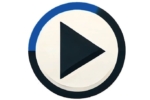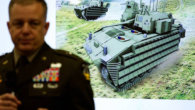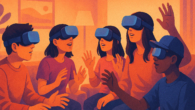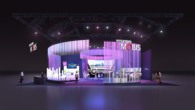
From Science Fiction to Reality?
⊲ Stanford Report ⊳ The concept of smart glasses likely traces back to 1935 when Stanley G. Weinbaum in his book Pygmalion’s Spectacles imagined a headset that immersed users in a multi-sensory virtual world. Now, Stanford engineers led by Gordon Wetzstein have developed lightweight smart glasses by embedding miniature display systems into glasses that use light wave manipulation, not pixels, to create vivid, depth-rich virtual images. Smart software refines the wave patterns to ensure these visuals blend with real-world views and a compact eye tracker monitors gaze in real time, enabling high-resolution rendering only where needed. This approach cuts energy use without compromising clarity, bringing virtual experiences even closer to lifelike perception.
⊲ Image – Andrew Brodhead ⊳








